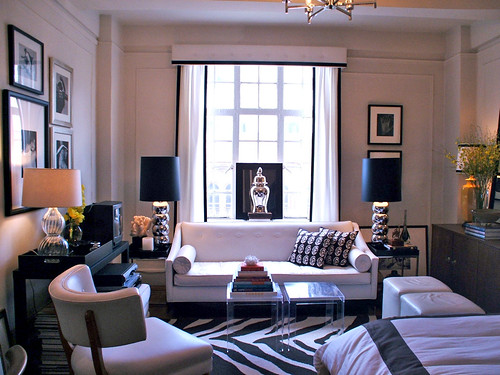Good pictures of interiors are a must if you want to make a good impression for whatever reason, but it is very difficult to get good results with a consumer camera. In my work photographing villas for holiday rentals I have worked out some short cuts to getting good results with minimal and cheap equipment in less than an hour. Here's how.
The problems you will encounter are practical and to do with light. Consumer cameras are designed for use outdoors in daylight. Interiors are very dark in comparison. Most cameras respond by popping up the flash, but the results of that are dingy: things that are close to the camera are too bright, and things that are further away are too dark. A similar problem is contrast: your camera does not do as well as your eyes, resulting in windows that are 'burnt out', too bright and lacking detail.
The use of light is fundamental to architecture and building design in general. You need to use the light that is already in the room if you want to show it off to the best advantage. Professional photographers use artificial lighting, but the skill is balancing that with making the most of the available light. Flash units are used to fill dark corners and lift the general light level to an acceptable level, so that the windows no longer burn out and the camera can cope with the contrast in the image, but the natural light in the room is what sells the picture.



No comments:
Post a Comment